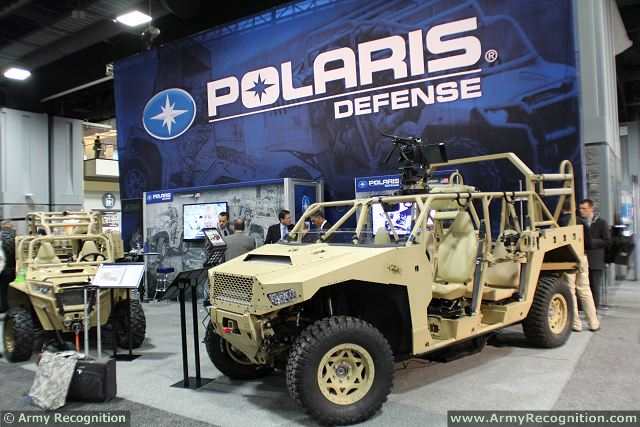United States Army could purchase 300 Ultra Light Combat Vehicles ULCV by the end of 2016 1912146
| a | |||
U.S. Army ULCV Ultra Light Combat Vehicle program |
|||
| Friday, December 19, 2014 11:38 AM | |||
| United States Army could purchase 300 Ultra Light Combat Vehicles ULCV by the end of 2016. | |||
U.S.
Army could purchase 300 ultra light combat vehicles (ULCV) by the end
of fiscal year 2016, said Lt. Col. Kevin Parker, light branch chief of
the mounted requirements division at the Maneuver Center of Excellence
in Fort Benning, Georgia. The Ultra Light Combat Vehicle (ULCV) is a proposed
air-droppable light off-road truck to improve the mobility of light infantry
brigades. |
|||
| |
|||
 Boeing's Phantom Badger could be one candidate to meet military requirements of U.S. Army ULCV (Ultra Light Combat Vehicle) program |
|||
| |
|||
The
Army wants to procure the first 300 vehicles to meet the “critical
needs” of the global response force, a mission that is usually performed
by the 82nd airborne division, said Lt. Col. Kevin Parker, light branch
chief of the mounted requirements division at the Maneuver Center of Excellence
in Fort Benning, Georgia. “The way we’re going to deploy these is very similar to MRAP (Mine Resistant Ambush Protected) vehicles,” he said. “The MRAPs aren’t resident in units. There’s a pool that they’re drawn from. We’re using that same kind of thought process for this. No one in the Army is interested in motorizing the infantry brigade combat teams. But we are interested in having the capability to selectively motorize when it’s required.” The service is also considering the purchase of a second batch of ULCVs that would be stationed at Army installations responsible for training infantry. Whether that happens depends on the availability of funding, Parker said. The Maneuver Center of Excellence is in the process of determining how many vehicles would be needed and where they would be located. In order to participate in the platform performance demonstrations, vendors were required to submit existing wheeled vehicles capable of transporting an infantry squad — nine soldiers and their gear — a range of at least 250 miles. They were not to exceed a 4,500-pound curb weight. The U.S. Army wants a highly mobile vehicle capable of operating on paved roads, in urban rubble and off road during both day and night, the solicitation said. It must also be able to be transported internally in a CH-47 Chinook cargo helicopter and sling loaded on a UH-60 Black Hawk. Unlike most of the vehicles fielded during the past decade, the requirements for the ULCV focus on mobility, not on protective armor that restricts a truck’s ability to quickly move through varied terrain, Parker said. |
|||
Six
companies were chosen to take part in the demonstrations, which proved
that multiple vendors had vehicles capable of meeting the Army’s
threshold requirements, Parker said. |
|||
 Polaris Defense displayed its deployable advanced ground off-road (DAGOR) light vehicle at AUSA 2014. |
|||
Polaris Defense also demonstrated its new Dagor ultra light combat vehicle, said Mark McCormick, the company’s managing director. It was designed for special forces but meets the ULCV initial requirements. Dagor’s purpose-built
suspension system was inspired by designs found in the off-road racing
industry. It allows the vehicle to carry payloads of up to 3,250 pounds
over extreme, rocky terrain, company information said. |
|||


























